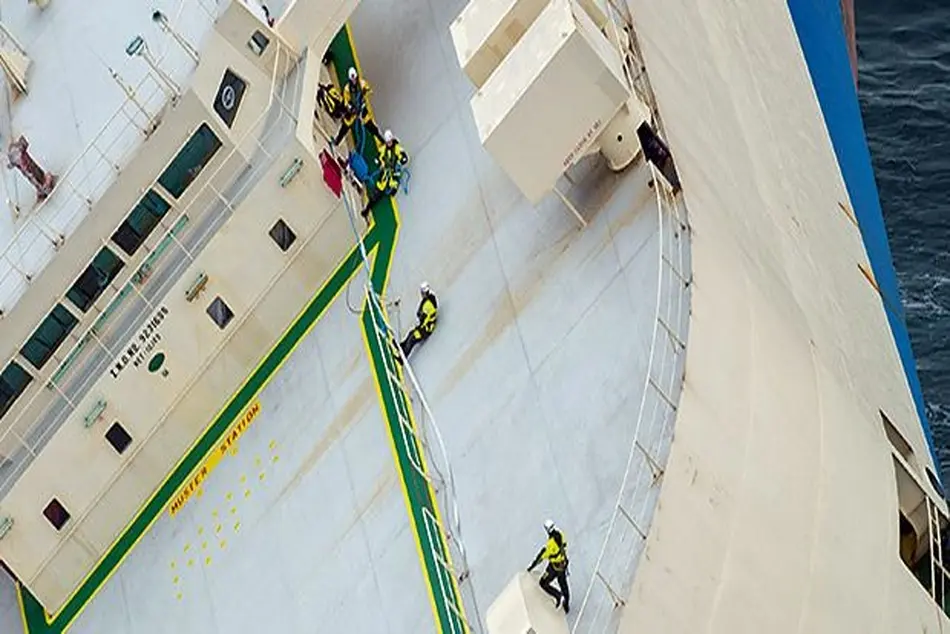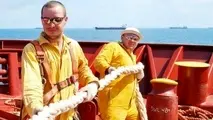Maritime training in the 21st century

“21st century students are being taught 19th century methods using 20th century tools,” Prof. R. Pawling of University College, London. Digitalization is radically changing our business models. It is also impacting our approach to training, reflecting both changes in the attitude of learners and the available technology. All of which is enabling the growth and acceptance of the principle of life-long learning.
In the future, training will increasingly mean shorter courses or e-learning. We have seen course durations contracting from one week to one day and demand increasing for 5 to 45 minutes e-learning solutions to respond to demands for continuous professional development. Units of learning are consequently getting shorter. Similarly, customers are demanding courses on new topics very fast: “Can we have training on the latest XYZ developments next week?”. “Edutainment” requires more frequent changes of media (especially video) and subject matter than traditional teaching.
Until recently, DNV GL’s Maritime Academy training experience was based on classroom courses, where frontal teaching is interspersed with tasks to involve the learners. Courses were limited to 15- 20 people to allow small-group interaction. Over the past few years, our Academy has responded to the increasing demand for “e-learning”, a term used frequently which means: “something on the computer where my employees don’t have to travel and sit in your classroom”. Often the real training needs and most suitable form of delivery require further elucidation through lengthy discussions to clarify the available options and constraints.
We discuss our experience with the various options below.
Classical e-learning courses
In 2013 DNV GL’s Maritime Academy developed its first e-learning course to support energy efficiency in ship operation. The course was rolled out via USB sticks since the focus was on a training solution to be used anytime and anywhere, for ship crews who would not have (easy and cheap) access to the internet. The course was subdivided into modules of typically a few minutes duration with small tasks or quizzes to keep the participants’ attention and to provide feedback on achieved learning goals.
Since then, platforms have progressed with web-based solutions and more user-friendly software to create small cartoon-type videos. We have seen an exponential growth in demand for e-learning solutions for training, the goal always being to cut costs. But e-learning is neither cheap nor fast to produce. Costs for e-learning production vary globally, but transposing 40 slides of presentation into a good e-learning solution will cost 7500 – 15000 € as a rule of thumb. E-learning is an unlikely candidate for one-off courses, as the initial development investment can rarely be recovered. It is also not suitable when a fast response to a new training need is called for.
Virtual Reality based training
Gamification of teaching has attracted a lot of attention. Video game technology (Virtual Reality) is seen as a useful technology for (maritime) training. However, having a ship modelled over several decks, along with equipment, interactivity, etc., may cost tens or hundreds of thousands of Euros.
Some years ago, DNV GL developed a Virtual Reality-based training solution for ship inspections, called SuSi (Survey Simulator). SuSi provides realistic and cost-efficient 3D training software for survey inspections. The virtual inspection gets trainees exposed to deficiencies that would take years for a surveyor to experience in real life. An inspection run can be recorded and discussed in a debriefing with an experienced supervisor/trainer, pointing out oversights and errors by the trainee.
The designers of the software envisioned trainees working in self-study mode but practice revealed that to be too optimistic. The user interface was intuitive for digital natives, but “digital immigrants” struggled with the video gaming controls and navigational concepts and got lost in the virtual world, often leading to frustration and missing the training goals. The solution has been to adopt a pragmatic approach where a trainer guides the class collectively through the ship (with a single PC and a data projector) and trainees call out when they spot a deficiency which is then discussed.
Such a blended approach of classroom instruction and Virtual Reality tour may be frustrating for the video game programmer, but achieves the training goal for all trainees. The lesson learnt in this case is that less is sometimes more. Never fall in love with technology, always check it makes sense from a pedagogical perspective.
Webinars
These are ideal to respond rapidly to new requests. Domain experts are rare (perhaps 1-2 key experts in the company) and their time is precious. Customers need training quickly so traditional classroom or e-learning are out. Webinars are an attractive addition to our toolbox in this respect.
Maritime Academy’s first webinars were christened “Smart-Ups” in 2016 and we delivered 10 of them, reaching out to customers across the globe. Webinars are also used internally to support the training needs of our colleagues, for example, with new software tools, with the new DNV GL Rules or to conduct cyber-security awareness training. Our challenges included the following: Maritime experts are generally not communication experts, so presentation material often needs extensive reworking for use as a webinar; domain experts require both technical support and coaching on how to deliver their information to an invisible audience; limit presentation time to a maximum of 45 minutes to maintain audience attention, interactive elements are vital to stimulate the audience and keep them focused on the topic.
E-Learning, Virtual Reality based training or webinars?
To conclude, there are many solutions available under the broad umbrella of “e-learning”. Training needs and available resources determine the most appropriate one in each case.



